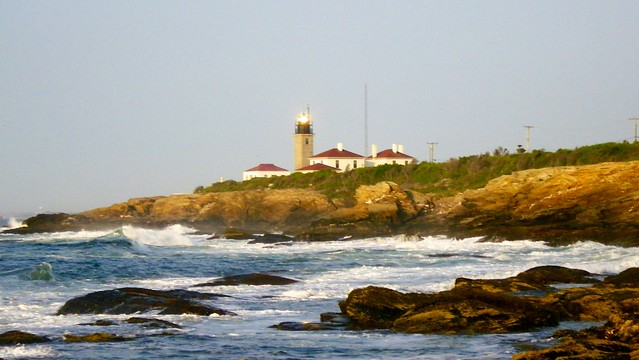Nah, you were speaking to me. Let’s see who was the OP . . . Oh, MoultonAvery, thanks! This was a great thread throughout and I don’t think any posted info conflicted. Very nice topic set up. Very nice.
I think of what I could have been able to achieve if I found kayaking in my 30s. Probably would have killed myself by now, so maybe it’s a blessing. It is odd, how we live protected lives. We practice safety and savor our protected zones, while we go out and do incredibly stupid things. We admonish rec boaters for being unsafe. Then go out and battle waves.
Kayaking can be an extreme sport, or a serene one, all in the same trip. I was on my brother’s power boat fishing and he decided to go back because it was too rough. I regularly traveled that course in my 145 Tsunami and though it was typical.
We watch scary movies, like the roller coaster and swinging ferris wheel seat, sometimes drive too fast around mountain corners, take death defying leaps connected to bungee cords, swim with sharks while relying on compressed air, and get close to the edge on mountain peaks - some even fall off taking selfies.
Why would anybody brave massive swells in a skinny boat? Why would anyone who is busted up push themselve to the limit on the water. Some may get tired of being safe, and the boat levels the playing field. The sense of adventure is so great, most of us fall into the trap of wanting to introduce everyone to it. That notion ended for me when I’d take a novice out, just to have them paddle a quarter mile and sit. Now I avoid anyone who says kayaking sounds like fun, and limit my help to those willing to make the investment of time and money.
I once told my father that the kids in my son’s scout troop could plan a program, set up camp in the dark, sometimes in rain storms or snow and ice, tolerated temperatures as low as zero degrees, and do it all without adult intervention. All he said was that he couldn’t understand how anyone would work to buy a home, heat and furnish it, then go out and sleep on the cold ground . . . All I could say was. “Dunno, just dunno!”
I guess some need a challange and even seek danger! So telling people don’t do it won’t work. Best we can do is guide new kayakers in the craft. I have to laugh thinking about taking up some activity like golf. You can really screw up using the wrong club or swing and still have a good game. You can do that with kayaking, and you can also find yourself “up the creek without a paddle.”
One thing seems constant on the forum. Members appear to be within their comfort zone, regardless of the level of skill. I have to believe it’s the knowledge acquired through sharing that helps keep everyone safe. The simple act of reviewing the range of experiences is the key. The number of members over 50 should be enough to convince newcomers that age isn’t a limiting factor.




 )
)